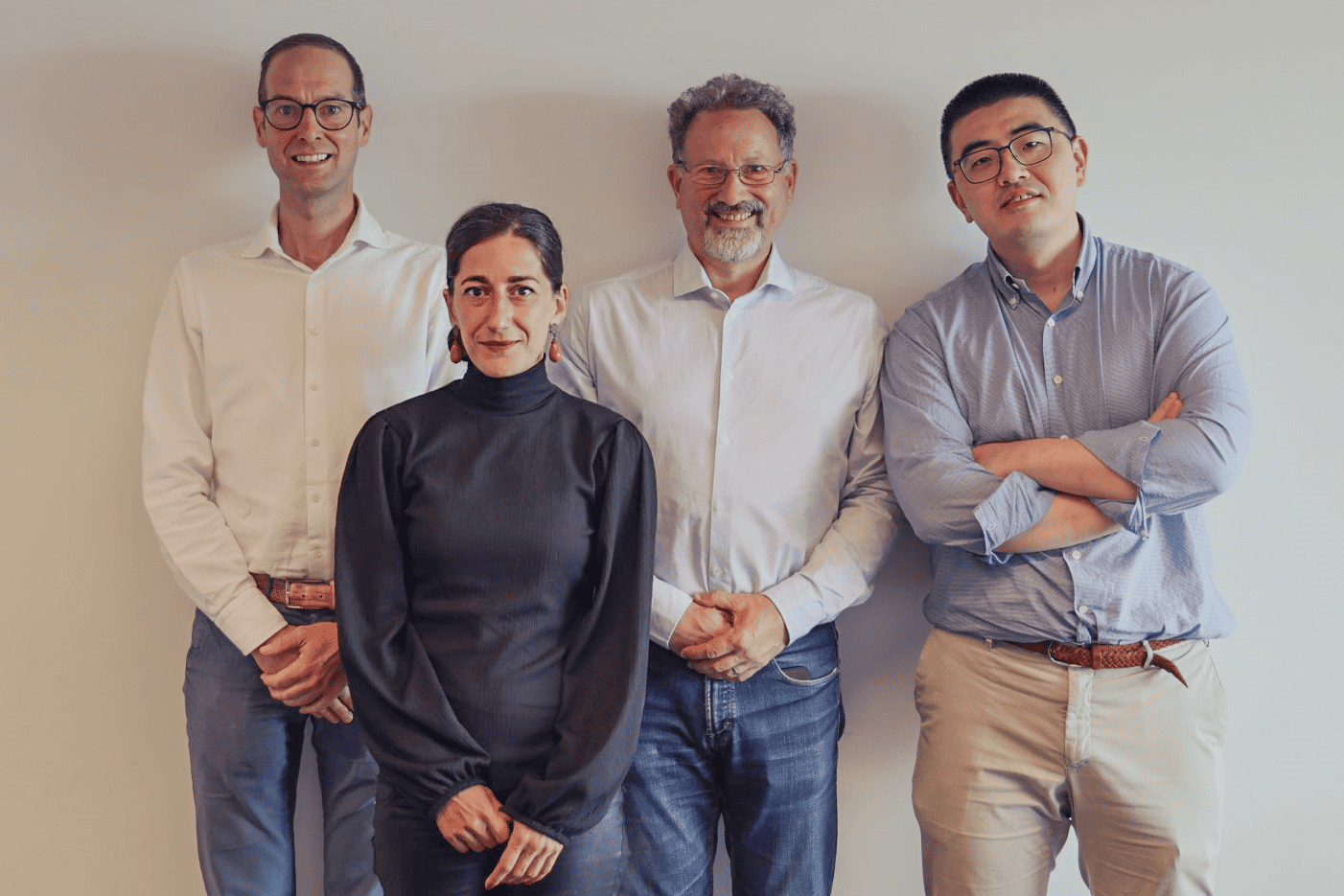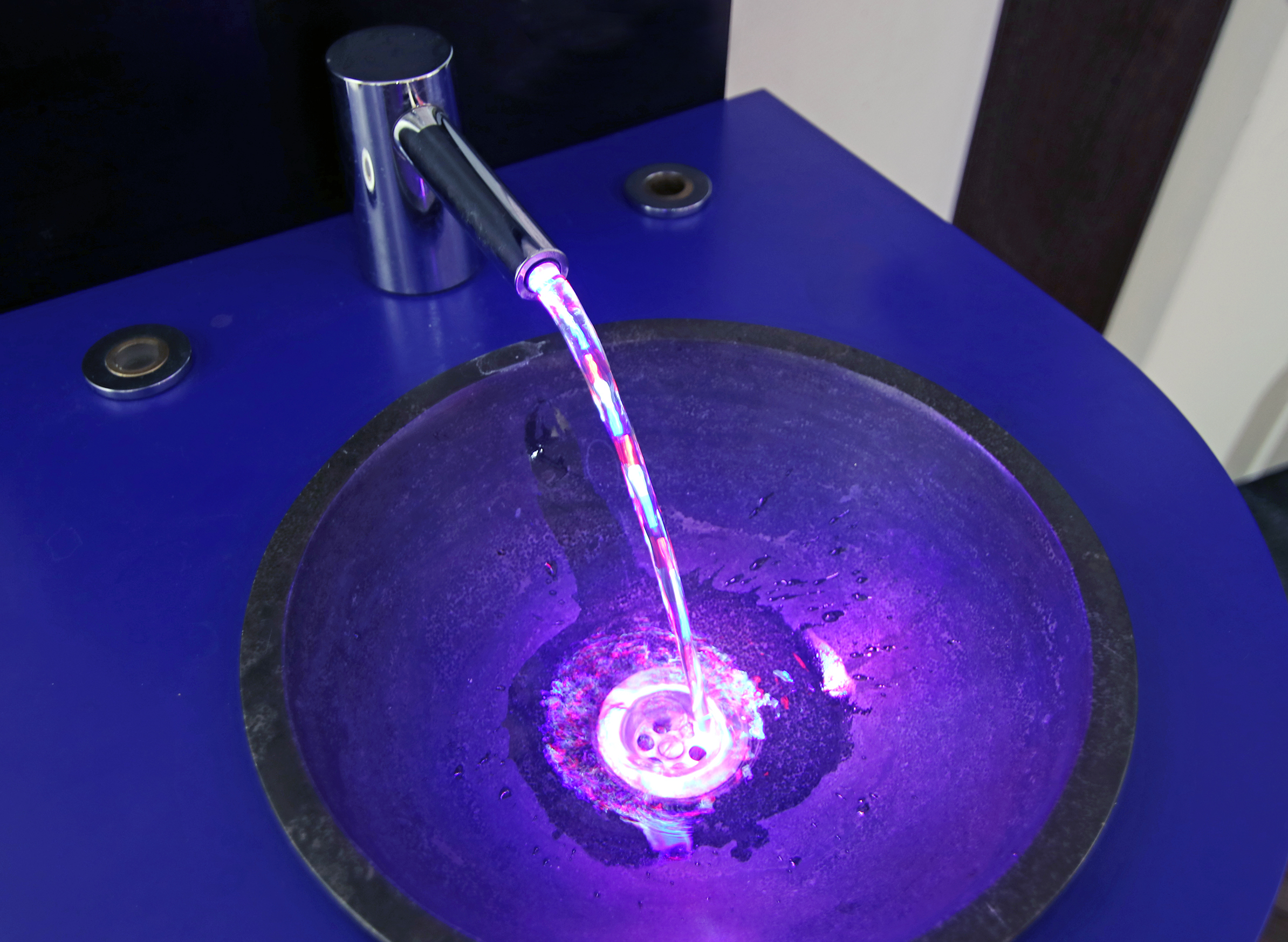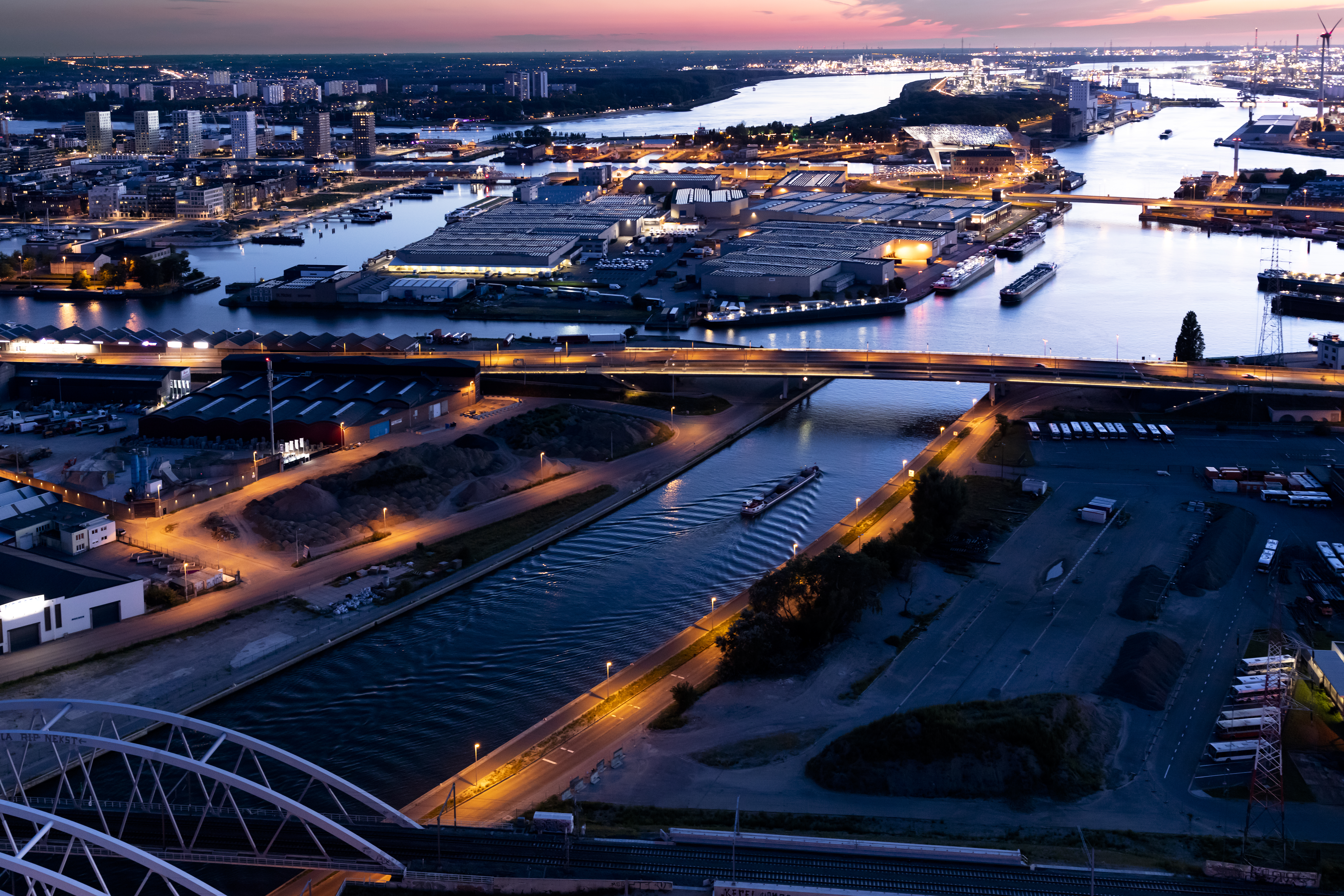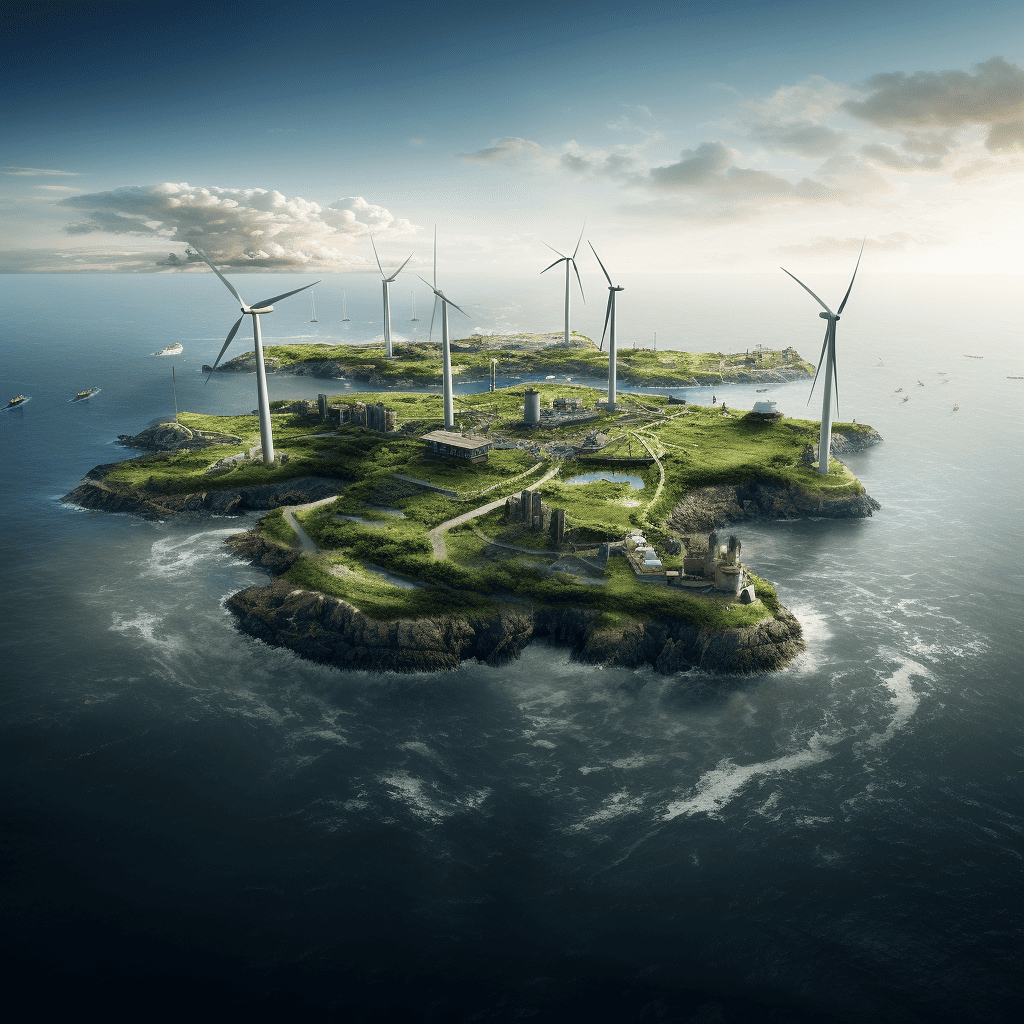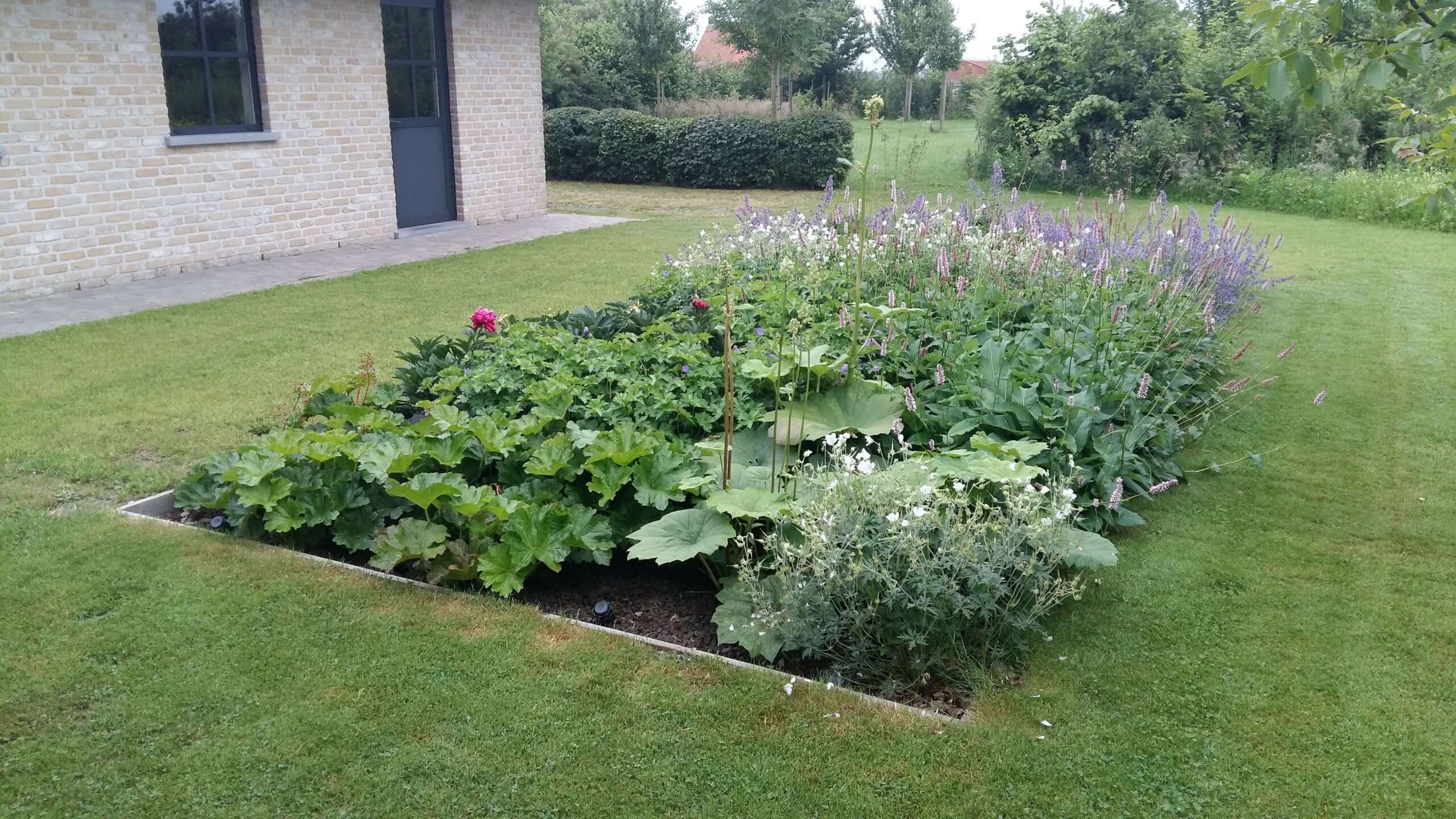
HelloWater wants to help tackle the sewage and water treatment problems in Belgium. The self-described “most environmentally friendly local water treatment plant” from this start-up with European ambitions would be a solution in particular for the rural areas in Belgium. In a relatively simple way, with the use of plants, usable water does not have to go to waste.
Director Wouter Igodt can tell us passionately about the project in which HelloWater is working together with, among others, Ghent University and the Flemish Water Knowledge Centre. The Fleming is originally a landscape contractor by trade. His interest in wastewater got him involved in the EU interregional innovation platform for sustainable wastewater facilities I-QUA on both sides of the Dutch-Belgian border.
The focus there is on experimenting with solutions for wastewater facilities in rural areas. In order to work on raising the visibility of those solutions, one of the things being done is a mobile water treatment plant built to purify wastewater at festivals. HelloWater is a spin-off of this EU-wide interregional cooperation.
Low levels of sewage treatment systems in Belgium
Belgium is interesting when it comes to sewage because the standard of the European Water Framework Directive for 2027 does not seem as if it will be met. The sewage and sanitation rate should be 97 percent by then. Almost one in five Flemish people are not currently connected to the sewage system. Experts believe that it will be a daunting, if not impossible, task to achieve this target standard in time, given the current pace at which sewer systems are being built.
Igodt: “The greatest challenge lies in rural areas, because central sewage treatment is an expensive solution here due to the lengthy distances. In addition, there is also a great need in Flanders to conserve water. We have less surface water. Wastewater now goes through the sewer system to the treatment plant, a watercourse and then into the sea. That can be done much more effectively.”
HelloWater does call its method ‘rocket science’. Igodt: “There have been experiments with plant filters for some time already, but they were never used on a large scale. We have fine-tuned the technology and are going to make our equipment smart by monitoring it online.”
Plant filter with tracking data
“Moreover, it doesn’t just stop with the systems. Throughout the water treatment process, we continue to actively follow and monitor everything via a data platform. We are not merely a supplier, but a genuine partner. Our plant filters are robust and absorb fluctuations perfectly without compromising on performance.”
Wastewater converges in HelloWater’s system in a pre-sedimentation tank, where solid particles already sink to the bottom and the wastewater is given time to settle before it goes further. The liquid portion overflows into a sump. From there, a pump and distribution system injects the wastewater evenly into a planter, i.e. a helophyte filter.
Next, wastewater seeps gradually between the plant roots and a mix of lava and substrates. Microorganisms then purify the wastewater together with earthworms and insects.

Apart from the fact that wastewater is collected and filtered locally, it is subsequently suitable for being returned to nature or for low-demand purposes. “For example, someone can use the water for their own garden or to wash their car. Or the purified water is diverted to a stream. The infiltration of purified water helps make our landscape more resilient to desiccation.”
Our core belief is that wastewater is 99% water, it would be too foolish to just go and dump it. We have a mission for generations to come.”
Finer and more compact filters
HelloWater does not use reed filters, as is commonly used in individual wastewater treatment (ITW), but instead uses other plants. Igodt: “One difference with these types of filters used is that we work with plants which have roots that are more finely meshed, so we can build them to be very compact.”
Another element by which HelloWater seeks to distinguish itself is the flexibility of the water treatment system. “That can be easily adapted to the needs of the end-user. For example, a system can be installed in your garden. But it can just as easily end up on your roof if this proves to be more convenient, in the ground or incorporated as a landscaped part of a garden.”
HelloWater is confident about its chances of success. “This system scales up very well, as evidenced in practice and scientifically. Its scalability makes it suitable for a single home, or a farm, or for up to dozens of houses.”
European ambitions
The treatment system meets the European discharge standards set for 2027. As such, the company does indeed have international ambitions.
On a national level, the intention is to first ”conquer” Flanders, after which Wallonia is, logically, interesting in terms of expansion. “But we also already have contacts in the Netherlands, and France is close by. In the long term, we want to expand further and further, to South Africa, as it were. That’s not a gimmick, we firmly believe in it. We still have some administrative hurdles to overcome, but we will get there”.
In addition to expanding its area of operations, its ambitions also lie in solving wastewater problems in the agricultural sector and capturing phosphate for reuse.
The start-up, which was officially founded last December, has secured its first orders. “Capital was also raised this past winter together with other entrepreneurs. We want to be a well-established company within three years.”
And is the plant filter system affordable? The costs, according to HelloWater, are about fifty percent of what usually has to be paid for sewer systems in rural areas. Moreover, the plant filtration system is low-maintenance. Power consumption is minimal; for a privately owned IWT, this would amount to €1 per person per year.

Also interesting: ‘The Netherlands can become the Silicon Valley of water management’



